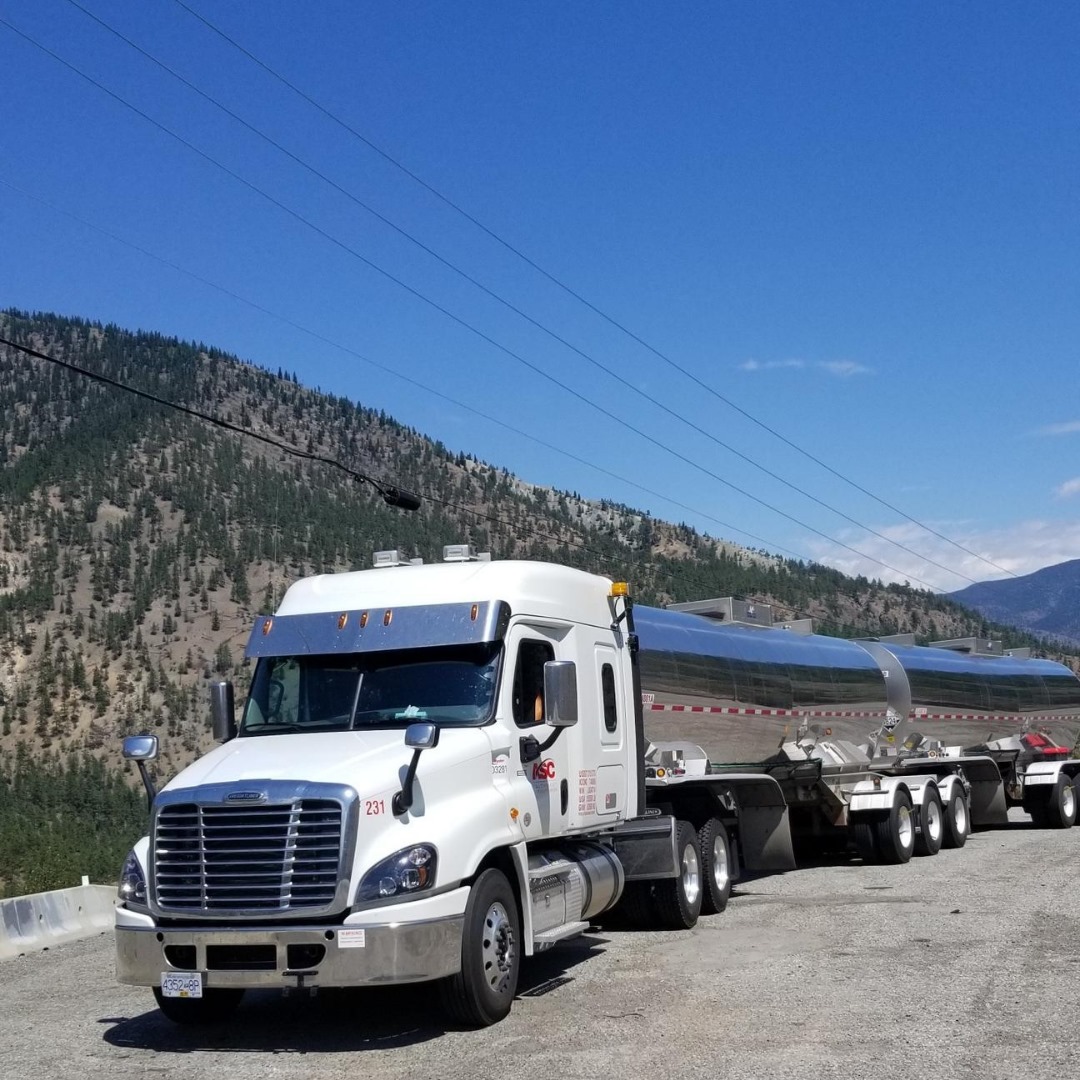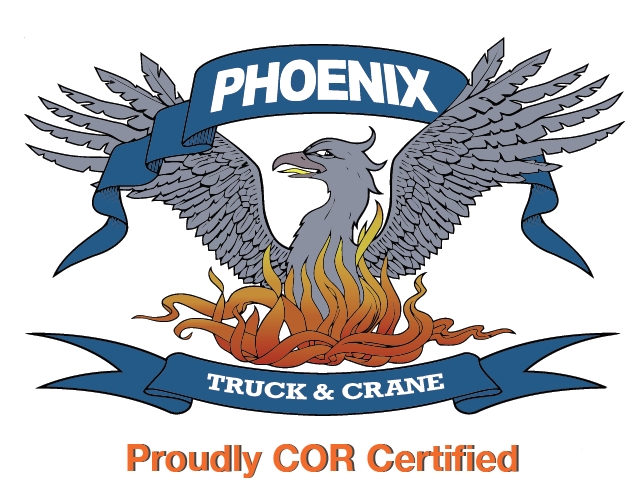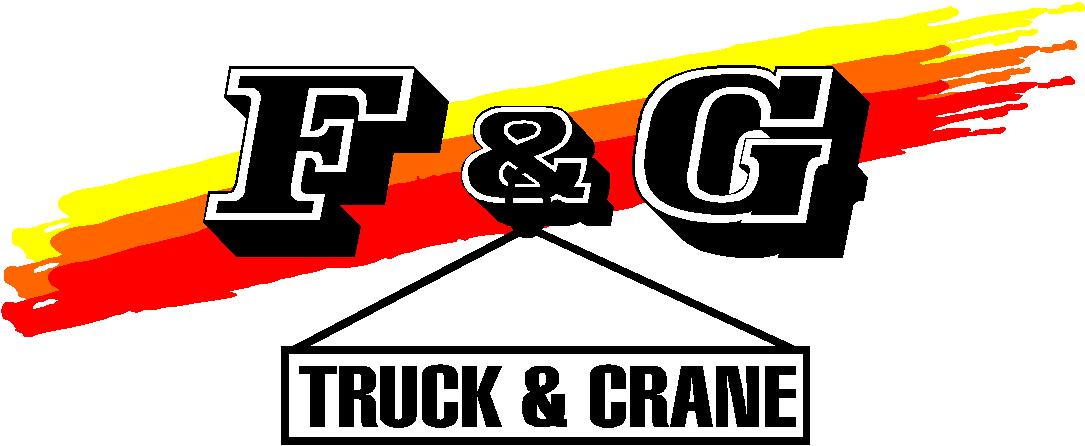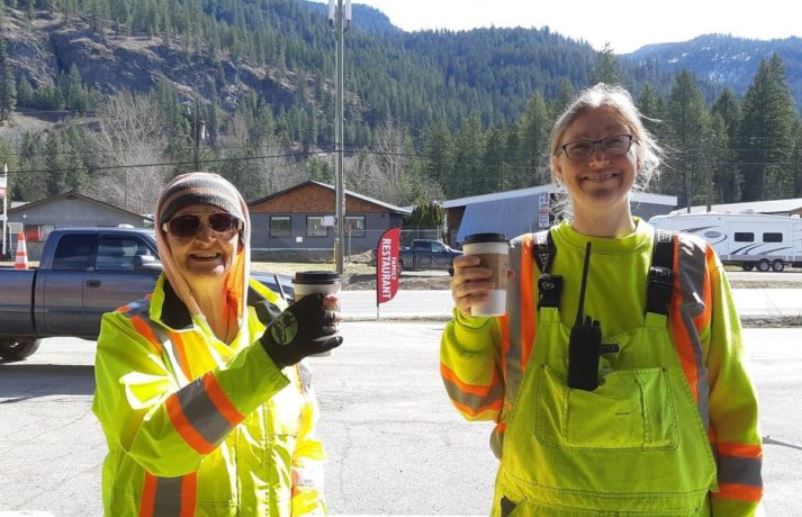Alchemist Specialty Carriers: Communication is Key
Where safety builds success
Alchemist Specialty Carriers is a growing concern. It began as a roll-off bin company handling hazardous waste disposal; in 2014, the company changed ownership and direction to concentrate on transporting dangerous goods and hazardous materials throughout Canada and the US. Today, it has nearly 50 drivers and support staff and in April 2020, added 10 shiny new Kenworth T880s to its fleet, beefed up with the latest safety technology.
 Justin Cheverie, General Manager of Alchemist and a member of SafetyDriven’s Board of Directors, was a long-haul trucker for 10 years. He notes that the re-invented company has a robust safety-focused mindset that embraces a culture of support, community, and openness and says “trust, respect, and integrity are what drive our business.” Cheverie and the company’s leaders have worked hard to create a team of safety champions. There was some hesitancy to overcome initially, but the corporate attitude overcame uncertainty and those who were unsure of the new way forward have realized its benefits.
Justin Cheverie, General Manager of Alchemist and a member of SafetyDriven’s Board of Directors, was a long-haul trucker for 10 years. He notes that the re-invented company has a robust safety-focused mindset that embraces a culture of support, community, and openness and says “trust, respect, and integrity are what drive our business.” Cheverie and the company’s leaders have worked hard to create a team of safety champions. There was some hesitancy to overcome initially, but the corporate attitude overcame uncertainty and those who were unsure of the new way forward have realized its benefits.
Communication is integral to the company’s approach to safety; tech in the trucks allows dispatchers to stay in touch—each driver is spoken with every day—and gives drivers access to courses, bulletins, and newsletters. Support is paramount. New drivers are mentored and do not drive alone before they are ready. When a driver is going to an unfamiliar site, an advance team visits to check egress, orientation, and controls.
Hauling dangerous goods requires specific training and certification in addition to all the usual compliance. Product control is crucial, especially for caustic or toxic chemicals and materials harmful to the environment. The biggest risk for tankers is rollover—summer traffic hazards take on a whole new meaning. Alchemist Specialty Carriers ensures rigorous training, provides personal protective equipment, inspects daily, tests trailers yearly, applies rigid controls and best practices, and ensures drivers’ buy-in to safety. Practices and policies are reviewed at least annually and revised as required.
Close attention to safety has paid off. Alchemist Specialty Carriers is COR certified, won Top Fleet honours in 2019 and 2020, and one of their drivers has won the North American Occupational Safety and Health (NAOSH) award twice.

It’s clear that Alchemist drivers are engaged—who wouldn’t be, knowing the company has their backs?! The company also offers a great rewards program! Drivers earn points for their safety practice that can be exchanged for cash. Team members commended by a colleague for their safe habits earn scratch cards worth bonus points. Points are stored in the Safety Portal and tallied annually, earning additional points and entries into draws for gifts. It’s a serious incentive; a safety incident could result in lost points if negligence is found to be involved. Rewards keep safety on everyone’s mind. Jenna Tracey, Safety and Compliance, sums up the program: “It’s all about awareness.”
Cheverie summarizes the Alchemist Specialty Carriers approach to safety and teamwork: “Implementing and supporting an active and positive safety program provides many benefits to the health, success, and growth of both the business and the individual.”
Thank you to everyone who participated in our Driver Appreciation Campaign, watch for the following companies to be featured in our upcoming newsletters:
Stay up to date and sign up for our newsletter for information about occupational health and safety, driver appreciation events and more!




 (Today’s Trucking Photo File)
(Today’s Trucking Photo File)